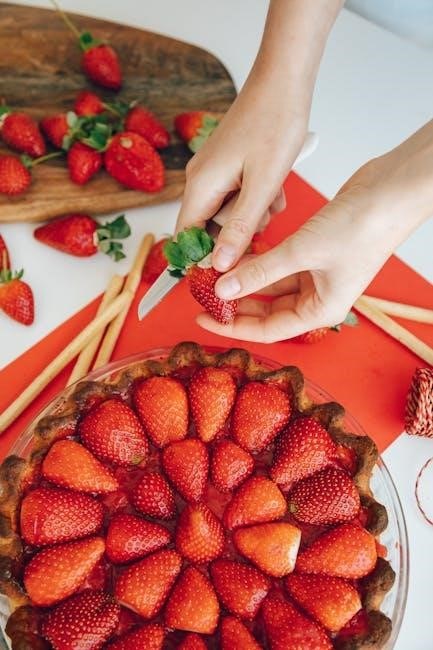
A knife angle guide is a tool designed to help achieve precise sharpening angles, ensuring consistency and optimal edge quality for various knives․
It assists in maintaining the correct angle during sharpening, which is crucial for sharpness, durability, and overall performance of the blade․
1․1 What Is a Knife Angle Guide?
A knife angle guide is a specialized tool designed to help users maintain the correct sharpening angle for their knives․ It typically features preset angles, such as 15° or 20°, to suit different blade types․ This device ensures consistency and precision during the sharpening process, preventing uneven edges․ Made from durable materials like plastic or metal, it is both portable and easy to use․ The guide attaches to the knife or sharpening stone, providing a visual and physical reference for achieving the desired angle․ It is particularly useful for beginners or those refining their sharpening skills, helping to enhance the knife’s sharpness and longevity․
1․2 Importance of Using a Knife Angle Guide
Using a knife angle guide is essential for achieving precise and consistent sharpening results․ It ensures the blade is sharpened at the optimal angle, maximizing sharpness and durability․ Incorrect angles can lead to a dull edge or uneven wear, reducing the knife’s performance and lifespan․ The guide helps users avoid common mistakes, such as applying too much pressure or deviating from the desired angle․ This tool is particularly beneficial for those new to sharpening, as it simplifies the process and guarantees professional-grade results․ By maintaining the correct angle, the guide enhances the knife’s cutting efficiency and extends its usability, making it a indispensable tool for knife enthusiasts and professionals alike․
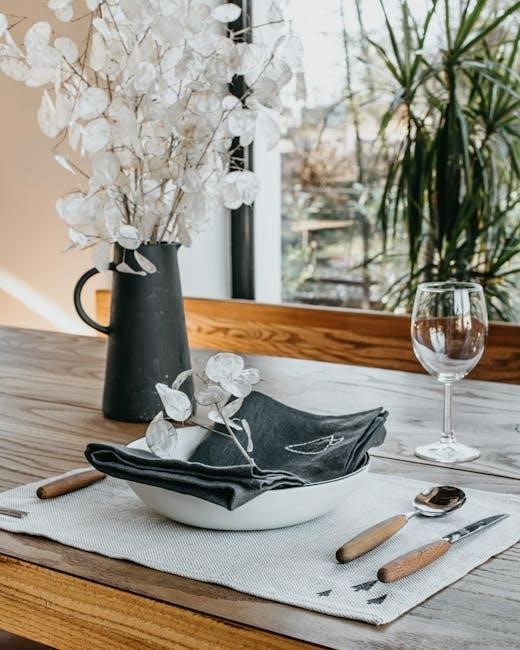
Understanding Knife Sharpening Angles
Sharpening angles determine how effectively a knife cuts and retains its edge․ Common angles range from 15° to 30°, varying by knife type and use․
2․1 Common Sharpening Angles for Different Knives
Sharpening angles vary depending on the knife’s purpose․ Chef’s knives typically use a 20° angle for versatility, while sashimi knives often require a sharper 15° edge․ Pocket knives and folding knives may use a slightly steeper angle, around 25°, for durability․ The angle selection impacts the knife’s cutting performance and edge retention․ For example, a lower angle produces a sharper edge but may be less durable, whereas a higher angle results in a stronger, more robust edge․ Understanding these differences is key to achieving the best results for each type of knife․
2․2 How Angle Affects Sharpness and Durability
The sharpening angle significantly influences a knife’s sharpness and longevity․ A smaller angle creates a sharper edge but may compromise durability, as the thinner edge is more prone to damage․ Conversely, a larger angle results in a stronger, more robust edge, though it may not be as sharp․ For example, a 20° angle is common for chef’s knives, balancing sharpness and durability, while a 15° angle is ideal for sashimi knives, prioritizing sharpness for precise cuts․ Finding the right angle ensures the knife performs optimally for its intended use, whether for culinary precision or everyday tasks․

Types of Knives and Their Recommended Angles
Various knives, such as chef’s knives, sashimi knives, and pocket knives, require specific sharpening angles to balance sharpness and durability, ensuring optimal performance for their intended use․
3․1 Chef’s Knives and Their Ideal Sharpening Angle
Chef’s knives typically require a sharpening angle between 20° and 30°, with many professionals favoring a 22° to 25° edge for versatility and durability․
This angle ensures the knife is sharp enough for precise cuts yet robust enough to withstand the rigors of daily kitchen use․
A 20° angle is ideal for slicing and filleting, while a slightly steeper 30° angle provides extra strength for chopping and cutting through denser materials․
Maintaining consistency during sharpening is key to achieving the desired edge, making a knife angle guide an invaluable tool for chefs and home cooks alike․
Proper angle selection enhances the knife’s performance, ensuring it remains a reliable and essential tool in any culinary setting․
3․2 Sashimi Knives and Their Unique Angle Requirements
Sashimi knives, such as the Yanagi, typically require a single-bevel edge with a sharpening angle of 15° to 17° on the cutting side;
This precise angle ensures the knife’s edge is ultra-sharp for clean, precise cuts through delicate fish without tearing the flesh․
The angle is significantly narrower than that of chef’s knives, emphasizing sharpness over durability due to the knife’s specialized use in sushi preparation․
Some sashimi knives may have a slightly steeper angle, up to 20°, depending on the steel type and intended use․
Using a knife angle guide is particularly beneficial for maintaining this exacting angle, as even minor deviations can affect performance․
Right-handed and left-handed versions often exist, as the edge is ground specifically for one direction of use․
3․3 Pocket Knives and Folding Knives: Angle Considerations
Pocket and folding knives typically require a sharpening angle of 20° to 25°, balancing sharpness and durability for everyday use․
This angle is slightly steeper than chef’s knives but shallower than heavy-duty knives, accommodating their versatile tasks․
The blade’s hardness and intended use influence the angle—harder steels may benefit from a narrower angle for increased sharpness․
Using a knife angle guide ensures consistency, especially for these smaller blades where precision is key․
Some pocket knives, like those with chisel or tanto styles, may require specialized angles, but the standard range remains effective for most․
Proper angle maintenance extends the knife’s lifespan and performance in various cutting scenarios․
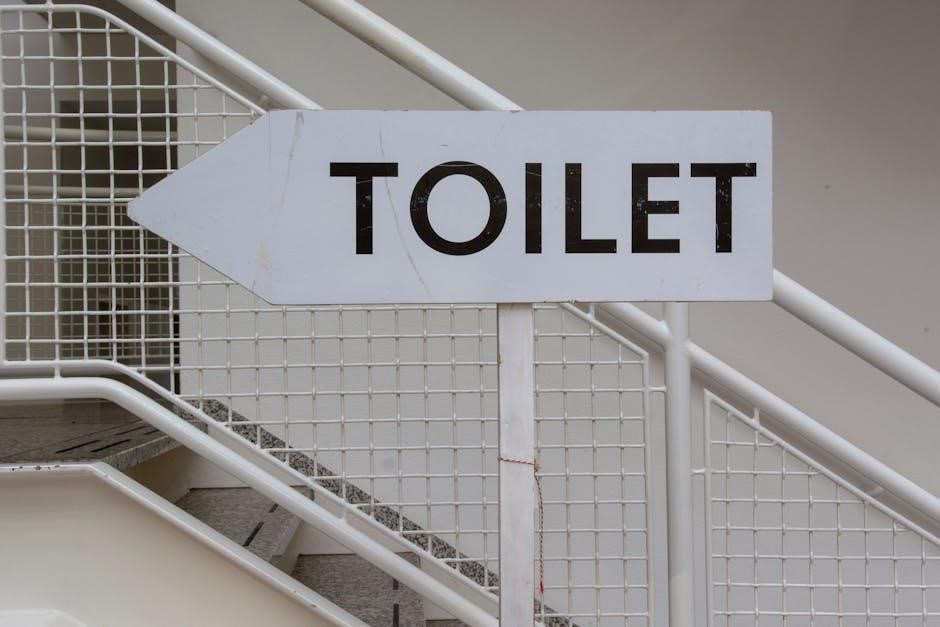
The Role of Steel Hardness in Sharpening Angles
Steel hardness significantly influences sharpening angles, as harder steels require narrower angles for optimal sharpness, while softer steels benefit from wider angles for durability․
The carbide content in steel also plays a role, with higher carbide steels holding sharper edges at precise angles, enhancing cutting performance and edge retention․
4․1 How Steel Hardness Impacts Angle Selection
Steel hardness directly influences the optimal sharpening angle, as harder steels require narrower angles to maintain sharpness and edge retention․ Softer steels, however, benefit from wider angles to enhance durability and resistance to chipping․ The relationship between steel hardness and angle selection ensures the blade performs optimally for its intended use․ Harder steels, like those in high-carbon knives, hold their edges better at sharper angles, while softer steels may dull faster if sharpened too narrowly․ Understanding this balance is crucial for achieving the perfect edge, as it ensures both sharpness and longevity of the knife․ Proper angle selection tailored to steel hardness is key to successful sharpening․
4․2 Carbide Content and Its Effect on Sharpening Angles
Carbide content significantly impacts sharpening angles, as higher carbide levels in steel enhance edge retention and hardness․ Knives with substantial carbides, such as CPM-4V or Vanadis 8, benefit from narrower angles to maintain their sharpness․ These steels, known for their smaller vanadium carbides, offer superior edge-holding capabilities․ However, excessive hardness from high carbide content can make sharpening more challenging, requiring precise angle control to avoid chipping․ The right balance ensures optimal performance, combining sharpness with durability․ Thus, understanding carbide content helps in selecting the ideal sharpening angle for each knife, ensuring both effectiveness and longevity of the edge․ This relationship is vital for mastering knife sharpening techniques․

Using a Knife Angle Guide: Step-by-Step
A knife angle guide simplifies sharpening by providing preset angles, ensuring consistency and precision․ It helps maintain the correct edge alignment, making the process efficient and effective for users of all skill levels․
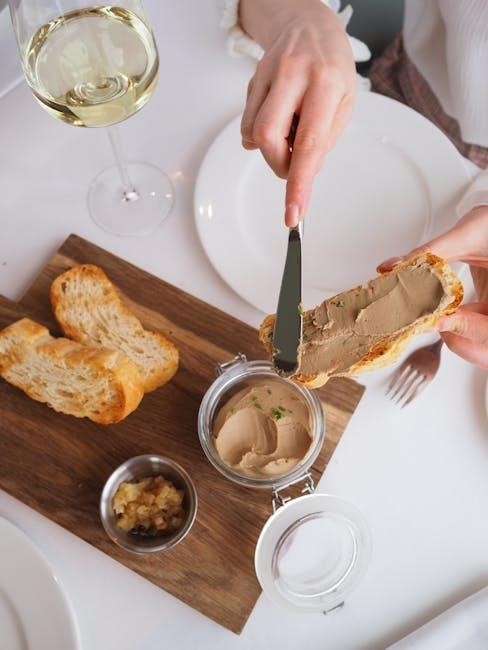
5․1 Preparing Your Knife for Sharpening
Before using a knife angle guide, ensure your knife is clean and dry to avoid any residue interfering with the sharpening process․ Inspect the blade for nicks or damage, as these may require special attention․ If the knife has a serrated edge, consider whether it needs a specialized sharpening approach․ For straight-edge knives, position the bevel correctly, aligning it with the guide’s markers․ Proper preparation ensures the guide functions accurately, leading to a sharper, more durable edge․ This step is crucial for achieving optimal results with the knife angle guide․
5․2 Positioning the Angle Guide Correctly
Positioning the knife angle guide accurately is essential for effective sharpening․ Start by aligning the guide with the knife’s edge, ensuring it matches the desired angle․ For straight-edge knives, place the guide flat against the bevel․ Adjust the guide based on the knife type, as some guides offer multiple angle settings․ Use a marker to mark the edge for better visibility․ Once positioned, gently hold the guide in place while sharpening․ Proper alignment ensures even sharpening and prevents uneven edges․ Always double-check the angle before starting to maintain consistency and achieve the best results․
5․3 Maintaining Consistency During the Sharpening Process
Maintaining consistency is key to achieving a sharp, even edge․ Use the angle guide to keep the knife at the same angle throughout the process․ Apply light, consistent pressure, and move the knife in smooth, steady strokes․ Avoid applying too much pressure, as this can damage the edge or cause uneven wear․ Regularly inspect the edge to monitor progress and adjust as needed․ For best results, sharpen in one direction only, following the knife’s natural bevel․ Consistency ensures a razor-sharp edge and extends the life of the blade․ Practice and patience will help master this technique for professional-grade sharpening․

Advanced Techniques for Precision Sharpening
Advanced techniques involve micro-beveling and angle adjustments for specialized tasks, enhancing sharpness and durability․ These methods refine the edge for optimal performance in specific cutting applications․
6․1 Micro-Beveling and Its Relation to Sharpening Angles
Micro-beveling is an advanced sharpening technique that involves creating a small, secondary bevel at the edge of the knife․ This process enhances sharpness and improves durability by refining the blade’s edge geometry․ The angle used for micro-beveling is typically more acute than the primary bevel, allowing for a finer, sharper edge․ When combined with a knife angle guide, micro-beveling ensures consistency and precision, making it easier to achieve professional-level results․ This technique is particularly useful for high-performance knives, as it optimizes the edge for specific cutting tasks while maintaining structural integrity․ Proper angle selection is crucial to avoid over-sharpening or weakening the blade․
6․2 Adjusting Angles for Specialized Cutting Tasks
Adjusting sharpening angles for specialized cutting tasks allows users to optimize their knife’s performance for specific purposes․ For instance, slicing tasks benefit from a more acute angle, enhancing sharpness and precision, while chopping tasks may require a slightly more robust angle to improve durability․ Using a knife angle guide ensures these adjustments are made with consistency and accuracy․ This customization enables users to tailor their knife’s edge geometry to the demands of their work, whether it’s precision cutting or heavy-duty use․ Understanding the relationship between angles and cutting tasks is key to maximizing a knife’s effectiveness in various scenarios․
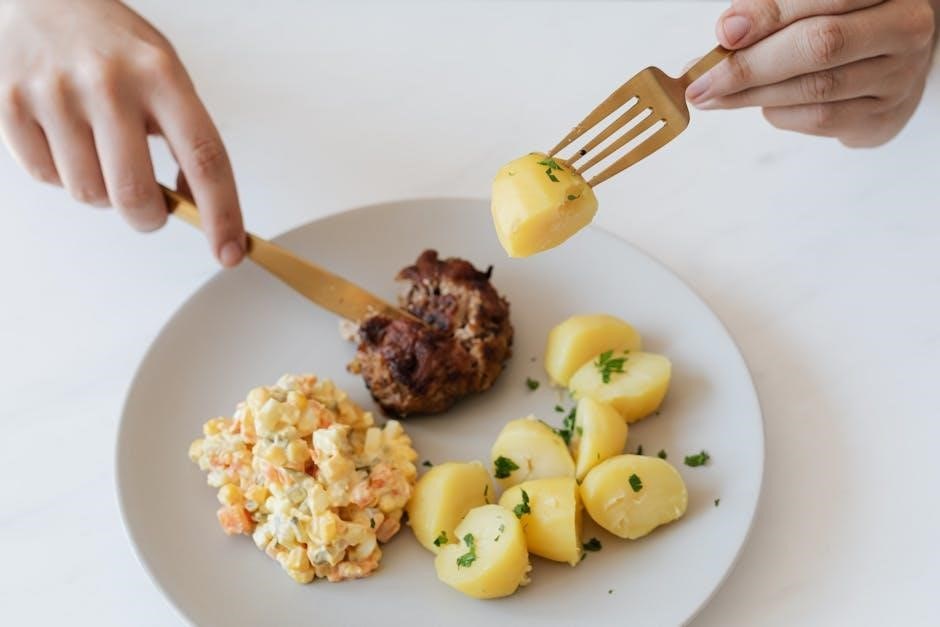
Common Mistakes to Avoid When Using a Knife Angle Guide
Avoiding common mistakes like ignoring steel type, applying too much pressure, and improper positioning ensures effective use of a knife angle guide for precise sharpening․
7․1 Overlooking the Importance of Steel Type
Steel type significantly impacts sharpening angles, as harder steels require more precise angles for optimal sharpness and durability․
Ignoring this can lead to inefficient sharpening or blade damage, emphasizing the need to consider steel hardness and carbide content when using a knife angle guide․
7․2 Applying Too Much Pressure During Sharpening
Applying too much pressure while sharpening can damage the knife edge, leading to unevenness or even chipping․
Excessive force accelerates wear on the blade and may create a wire edge, reducing sharpness and durability․
Using light, controlled strokes ensures a cleaner, more precise sharpening process, preserving the knife’s integrity and extending its lifespan․
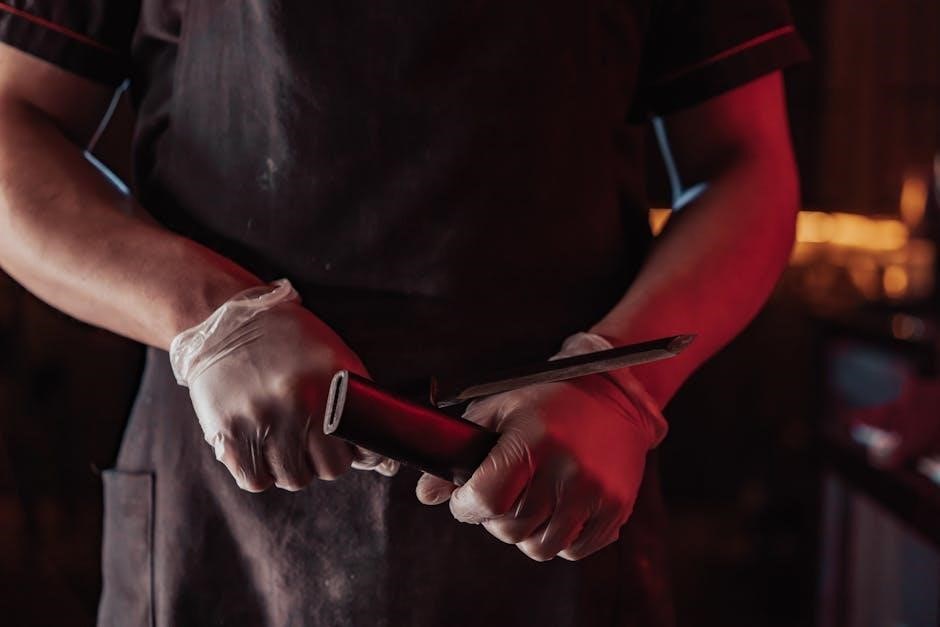
Maintenance and Care of Your Knife Angle Guide
Regularly clean and store your knife angle guide to prevent damage and ensure accuracy․ Proper calibration maintains its effectiveness for precise sharpening results every time․
8․1 Cleaning and Storing the Angle Guide
Cleaning and storing your knife angle guide properly ensures its longevity and accuracy․ Use a soft cloth to wipe away debris and sharpening residue․ Avoid harsh chemicals, as they may damage the material․ Store the guide in a dry, protective case to prevent rust or scratches․ Regularly inspect for dust or particles that could affect precision․ Proper maintenance ensures consistent sharpening results and extends the tool’s lifespan․ By following these simple steps, you can keep your angle guide in excellent condition for years of reliable use․
8․2 Calibrating the Guide for Accuracy
Calibrating your knife angle guide ensures precise sharpening angles every time․ Start by aligning the guide with a known angle reference, such as a protractor or calibrated tool․ Secure the knife and guide firmly on a flat surface; Adjust the guide’s alignment screws or mechanisms until the desired angle is achieved, verifying with a gauge if possible․ Regular calibration maintains accuracy and prevents drift over time․ For digital models, follow the manufacturer’s instructions to reset or update the angle settings․ Proper calibration is essential for consistent results and optimal knife performance․ Always refer to the user manual for specific calibration procedures․
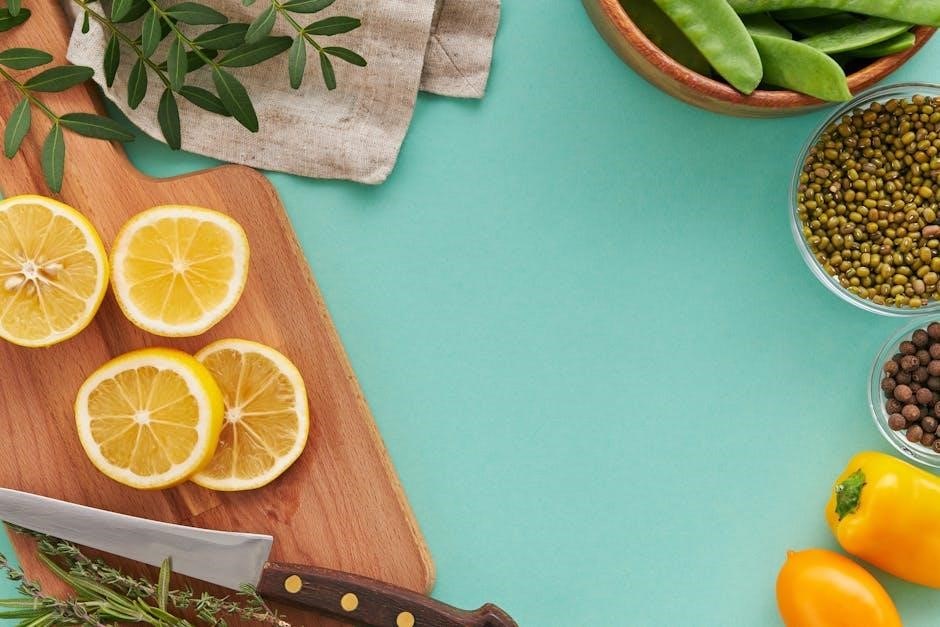
The Evolution of Knife Angle Guides
The evolution of knife angle guides reflects advancements in sharpening technology, from traditional manual methods to modern, precise tools with adjustable and digital features for accuracy․
9․1 Traditional Methods vs․ Modern Tools
Traditionally, knife sharpening relied on skilled hands and simple tools, with minimal guidance for angle precision․ Modern tools, like the Knifewear Angle Guide, offer preset angles for consistency and ease, reducing the learning curve for beginners while maintaining professional standards․
9․2 Innovations in Angle Guide Design
Recent advancements have introduced adjustable and dual-angle guides, catering to various knife types․ Materials like durable plastics and precision engineering ensure accuracy, while ergonomic designs improve user comfort during sharpening․
Mastery of knife sharpening begins with understanding and using a knife angle guide․ Consistent practice ensures sharp, durable blades, enhancing cutting efficiency and overall knife performance․
10․1 Final Thoughts on Mastering Knife Sharpening
Mastering knife sharpening requires patience, practice, and the right tools, with the knife angle guide being indispensable․ It ensures precision and consistency, leading to sharper, more durable blades․
By understanding the relationship between angles, steel hardness, and edge type, you can tailor your sharpening technique to suit different knives, from chef’s knives to sashimi blades․
Remember, sharpening is not just about creating a sharp edge but also maintaining the knife’s longevity․ Experiment with techniques and tools to find what works best for your needs․
10․2 Encouragement to Practice and Experiment
Sharpening a knife is a skill that improves with practice, so don’t be discouraged by initial challenges․ Experiment with different angles and techniques to find what works best for your knives․
Understanding the edge type, steel hardness, and how angles affect performance will deepen your mastery․ Remember, sharpening is a process of refinement, and every attempt brings you closer to achieving the perfect edge․
Keep exploring, and soon you’ll develop the confidence to sharpen knives like a pro․ The journey is rewarding, and the satisfaction of a razor-sharp blade makes it all worthwhile․